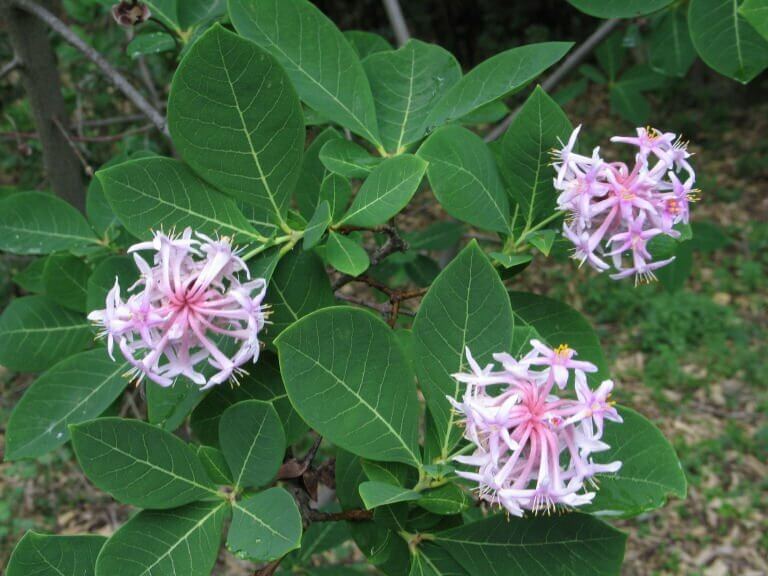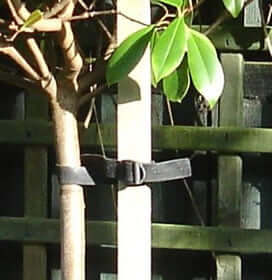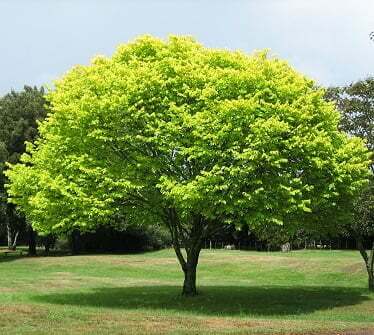So you thought training your dog was the only sort of training you’d be doing at home? Think again! You need to train your trees if you want them to behave in a certain way too! Most people like a tree that grows rather like a child’s drawing of a tree: a single, upright stem with a ball of foliage on top. Of course, if you don’t mind your tree doing its own thing, maybe growing with multiple stems or interesting, twisted trunks, you can leave it to itself.
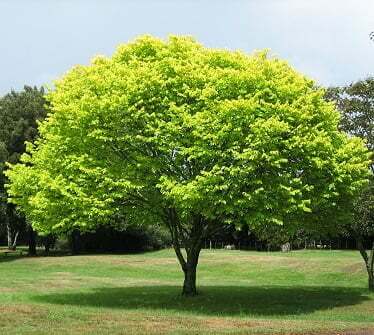 There are some species, like the pom pom tree (Dais cotinifolia) and the Assegaai (Curtisia dentata) that tend to naturally grow upright with a single stem, but even if you choose one of these, you might have to give it a bit of help to get the desired result. Here’s the theory:
There are some species, like the pom pom tree (Dais cotinifolia) and the Assegaai (Curtisia dentata) that tend to naturally grow upright with a single stem, but even if you choose one of these, you might have to give it a bit of help to get the desired result. Here’s the theory:
Plants are subject to a phenomenon known as ‘apical dominance’ that means, that the highest stem, the one at the apex of the plant, will grow more strongly than the lower shoots. In trees, this stem is known as the ‘leader’ because it leads the way for the rest of the tree and supresses shoots below it.
For a tree to grow with a single, upright stem, it needs a single, upright leader. If anything happens to the tip of the leader – say, it bends under its own weight and is no longer the highest shoot, another shoot will take over as leader, resulting in a kink in the trunk of the mature tree.
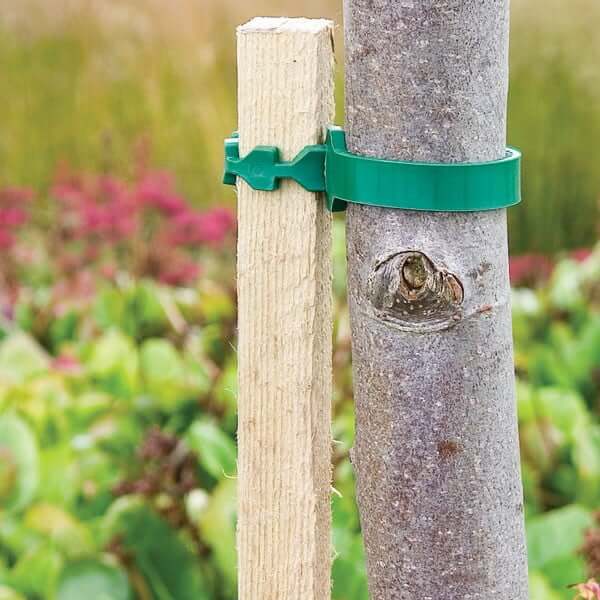
This is the main reason why it is common practice to stake young trees. You choose the leader, and make sure that it continues to be ‘the boss’ by making sure it is higher than the shoots below it. This is only necessary until the tree reaches a height a little taller than that at which you wold like it to begin branching to form the crown In some cases, you might want to stop the leader and allow branching just below the main growing tip. This is easily done by pinching or pruning out the leader’s growing tip.
Side branches should be left on the stem when they are small to encourage thickening of the stem and to nourish the plant, but they should be pruned out if they become too thick and vigorous in order to prevent scarring to the trunk. The normal rule of thumb while your tree is growing up to its desired stem height, is to leave the branches on the top two thirds of the tree and to prune out branches on the lower third of the tree.
Staking should only be necessary while the developing trunk is thin and whippy. Never tie the tree too tightly to the stake, as this prevents it from developing its own ‘muscles’ to stand on its own and be careful to tie the tree with soft rubber or hosepipe in a figure eight shape to prevent the trunk from becoming damaged by rubbing against the stake.
